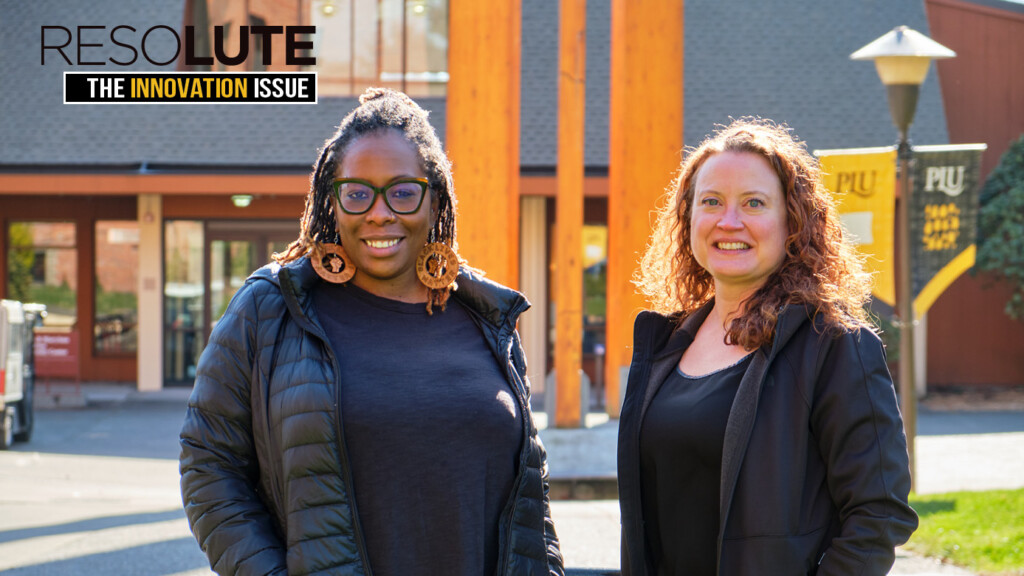Page 133 • (1,324 results in 0.06 seconds)
-

beliefs, practices, imaginings that people have attempted to erase or eradicate. That’s a different way of thinking about the work. Maya: Which I think, like Tyler said, is resurfacing, returning, unearthing and making space for things to breathe after having been buried.Narrator: (With a sigh of appreciation into the thoughtful silence following that evocative image, remembering Maya had focused her studies at PLU “around inequality and its intersections with our natural environment.”) Whew. Tyler
-
. Contemporary philosophers like Alasdair MacIntyre (After Virtue) and David Carr (Time, Narrative and History) consider narration, or story-telling, to be inseparable from human experience. According to them, there is less to be feared from self-consciousness about the narration of history than might be at first expected. But that is, as they say, another story. Expanding the Mind in German StudiesCutting Medicine Down to Size Read Previous Expanding the Mind in German Studies Read Next Cutting Medicine
-
://www.nationalgalleries.org/art-and-artists/4985. Accessed Aug 15 2022. Looser, Devoney. “What is Old in Jane Austen?”. Women Writers and Old Age in Great Britain, 1750-1850. Johns Hopkins UP, 2008, 75-96. ———————. “Age and Aging Studies, from Cradle to Grave.” Age, Culture, Humanities, no. 1, 2014, 25-29. Northcote, James. “Miss Staley” (1795). Royal Academy of Arts, https://www.royalacademy.org.uk/art-artists/name/staley. Accessed Aug 15 2022. Seeber, Barbara K. “Too cool about sporting.” Jane Austen and Animals
-

and determine links between data sets. Specific species of flora were consistently present in the pro-glacial environment along with trends of increasing densities of vegetation the further away from the terminus of the glacier and from the wetted edge of the river. This study brings to light another way to track and understand the activeness of a pro-glacial environment. Future work will include a refined approach that can be applied to more glaciers within the park. Claire E. Todd, Ph.D., and
Do you have any feedback for us? If so, feel free to use our Feedback Form.


